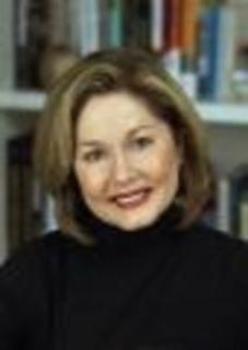Question
Where can I find a skill assessment for teaching switch skills to children with multiple disabilities? Or, how should I teach multiple switch skills to these children?
Answer
Developing communication skills in children with multiple disabilities can be one of the most challenging and daunting tasks a clinician will have to face. Unfortunately, very little has appeared in the professional literature to guide a clinician in determining how switch technology can be used to develop communication skills in these young learners. With that said, all is not lost! One seminal study on the topic was conducted by Philip Schweigert and Charity Rowland, and published in the journal Augmentative and Alternative Communication, in 1992.
Schweigert and Rowland created an instructional sequence called the Early Communication Process (ECP) to assist clinicians in developing communication skills in children with multiple disabilities. Based upon a three-year investigation, the ECP is composed of four levels. Level I involves teaching the child to gain the attention of another personwhat Schweigert and Rowland consider the most basic of communicative intents. Level II involves teaching the child to request specific items or events or to express interests. At Level III, the child is taught to make choices between two items or activities presented simultaneously. Finally, Level IV involves teaching the child to make choices and express preferences through the use of symbols. Microswitch technology is an integral component of the ECP. It would be beyond the scope of this answer to provide the complete ECP however, the reader can learn more about this instructional sequence by reading Schweigert and Rowland's article. The reference is:
Schweigert, P. & Rowland, C. (1992). Early communication and microtechnology: Instructional sequence and case studies of children with severe multiple disabilities. Augmentative and Alternative Communication, 8 (4), 273-286.
BIO:
Dr. Donald R. Fuller has been a speech-language pathologist for 15 years. He is Chair of the Department of Speech-Language Pathology at College Misericordia, Dallas, PA. His doctorate degree was earned from Purdue University in augmentative and alternative communication.

